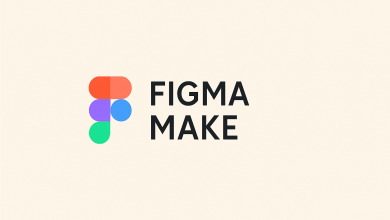
Ad fraud is on track to hit $172 billion by 2028.
That’s not a rounding error; it’s a gaping hole in the global digital advertising economy. For marketers, the stakes have never been higher. Budgets are under immense pressure, CFOs are demanding proof of ROI, and every wasted impression erodes trust between advertisers, agencies, publishers, and audiences.
In programmatic advertising, waste can take many forms. Ads are served to bots instead of people, placed on low-quality or irrelevant websites, bought through excessive chains of intermediaries, or delivered so slowly they are never seen. Each leak in the system means fewer ads reaching real, relevant audiences and more money disappearing into a black hole of fees and inefficiencies.
The problem is growing. The ANA’s latest Programmatic Transparency Benchmark report found programmatic ad waste has risen by 34% in just two years, reaching $26.8 billion in 2025. This is despite improvements in areas such as made-for-advertising site reduction, which shows that while some inefficiencies can be fixed, the system as a whole remains leaky.
Over the past decade, attempts to fix the problem have added complexity rather than removed it. More verification partners, more intermediaries and more reporting layers mean the average programmatic supply chain now involves six separate parties. Each extra step creates another opportunity for money to leak out before it reaches the publisher.
If we want a different outcome, we need a different system.
A moment for reinvention
AI and blockchain are two of the most discussed technologies in advertising. Unfortunately, they’ve often been treated as add-ons, bolted onto legacy systems in the hope of squeezing out a few percentage points of efficiency. The real potential comes when you use these technologies to redesign the infrastructure from the ground up.
That means asking: what would programmatic advertising look like if we started today, with the wealth of tools we have now?
What an AI and blockchain advertising ecosystem looks like
AI has already been reshaping programmatic advertising far beyond simple targeting. Smart contracts bring automated trust to the system, executing deals between advertisers and publishers without manual reconciliation, disputes, or delays. This enables outcome-based buying, where advertisers pay only for verifiable results rather than unproven impressions.
Full transparency is ensured as every transaction is recorded on-chain, creating a shared, immutable source of truth accessible to all parties. Unilever for example, has partnered with IBM to pilot blockchain in media buying, creating a transparent audit trail for advertising transactions, and has used blockchain with SAP to trace palm oil origins, supporting its deforestation-free supply chain.
BMW has leveraged blockchain for supply chain transparency through its PartChain project. Connecting physical and digital experiences for customers, demonstrating the technology’s potential to build trust and traceability.
AI adds adaptability by optimising targeting, creative elements, and spend allocation in real time using verified on-chain data.
For advertisers, AI and blockchain mean less wasted spend, greater certainty, and the ability to shift budgets instantly toward what drives real results.
Publishers gain higher margins through direct deals, instant settlement, and protection from low-quality inventory. Agencies benefit from a single, transparent record of spend and performance, freeing teams to focus on strategy and creative optimisation rather than time-consuming reconciliation.
Together, this creates a more efficient, agile, and trusted advertising – where every dollar is accountable, every impression verifiable, and all parties can make smarter, faster decisions.
Proof it can scale
On-chain programmatic is no longer a thought experiment. Brands from cloud computing to automotive, including AWS, TikTok, Polestar, and Currys – are already buying media this way.
High-performance blockchains, like Sui, can now handle the speed and volume programmatic requires – processing millions of impressions a day while keeping the experience seamless for both buyers and sellers. That’s the difference between theory and market reality.
A future defined by results
In a landscape where performance means everything, AI and blockchain aren’t just buzzwords. They’re becoming the foundation where value flows directly between those who create it and those who pay for it, without the friction, opacity, and waste that has plagued digital advertising for too long.
The next step is to treat advertising finance with the same rigour and transparency as traditional financial systems. By combining automation, AI, and blockchain, advertisers can pinpoint exactly where spend is leaking, verify every transaction, and make the ledger of ad buying fully visible in real time. The result is less wasted budget, more accurate attribution, and a supply chain that runs as efficiently as any modern financial network.
The tools are here. The demand is here. The only question is whether the industry is ready to stop patching the old system and start building the one it actually needs.





